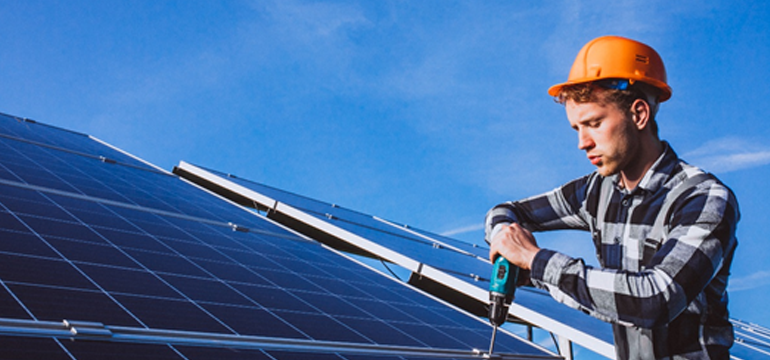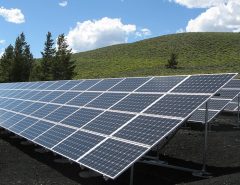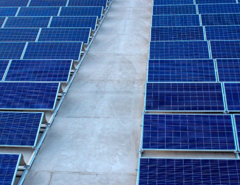Solar plant is an interactive system which works on a combination of hardware and software. It is very important to constantly maintain these systems for a smooth functioning of solar assets. To do so, an effective O&M is crucial, which will ensure that all the maintenance issues are detected, reported and resolved with minimal disruption to a plant’s operation.
To increase the uptime of solar assets, the O&M team physically verifies all panels, strings, combiner boxes and inverters at a plant to ensure that there are no issues that may result in production loss. This can be an expensive and time-consuming activity. With SolarPulseTM, utility scale solar plants have reduced time allocation to routine maintenance and thus reduce labour costs involved in field visits.
To help you understand how SolarPulseTM reduces field expenses of a solar plant, we have considered the case study of a utility scale solar PV plant.
PV Plant details:
Plant Capacity – 50 MW
No. of Inverters – 25
Load Bearing Per Inverter – 2 MW
Total No. of Strings – 1,600
Problem Statement
It ideally takes 3 min to check a particular string. For the plant under consideration, in which we have 1,600 strings, it sums up to 80 man-hours per checking cycle. Assuming that physical checking is done once a week, it means that 4,160 man-hours per year are spent on routine maintenance of the plant. This translates into huge expenditure for the plant in labour cost and thus affects its profitability.
Solution
To address this problem, we need to reduce the time spent on field visits. Its can be achieved by deploying a real-time monitoring solution for all aspects of the plant. Here is where SolarPulseTM comes into picture. It is a smart remote PV monitoring system that provides string level supervision, which means even the smallest of issues and deviations at a plant are continuously evaluated and reported. As a result, it makes all maintenance visits more efficient and greatly reduces the need for the physical checking of a plant. Failures are, thus, restored in minimum time and without the need for any additional visits.
Saving
After deploying SolarPulseTM, the complete physical checking of the plants is required only once a month. This means that only 960 man-hours per year are employed for routine checks. We can easily calculate that, with SolarPulseTM, 3,200 man-hours per year are saved in field visits which is a reduction of approximately 77.00%. This translates into annual savings of Rs. 19,20,000.

Conclusion
Field expenses are one of the major costs involved in plant operations and many plants struggle to keep them in check. With the real-time string level monitoring capability of SolarPulseTM, the profitability of a plant can be significantly improved by reducing the number of field visits required and thus reducing the labour costs involved.
#SolarPulse #PVMonitoring #Solar #Panel #SolarPower #O&M #MonitoringSolution #OnSiteTroubleshoot #String #OptimizePerformance #ReduceOnSiteExpenses #SolarPVAssetMonitoring #SolarPVAssetMonitoringSolution #ReduceLabourCost #SaveTime #SolarPlant




